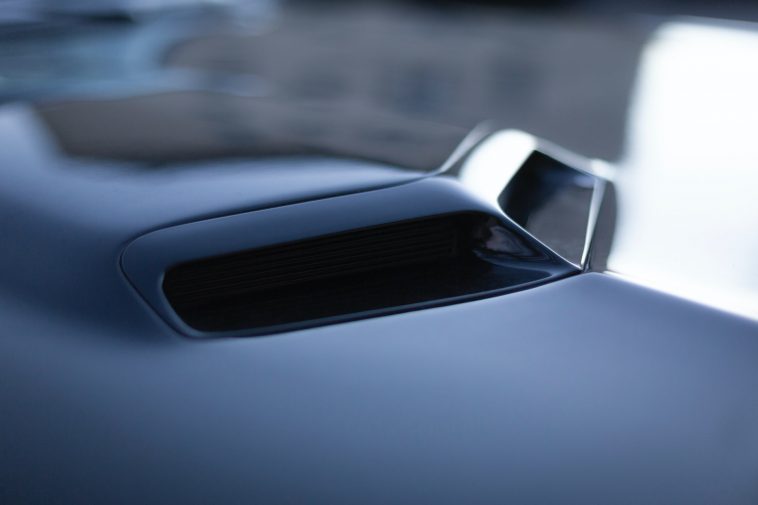Your Chevy’s mass air flow sensor is just one component out of many, but it plays an important role in your vehicle’s performance. A malfunctioning MAF sensor affects how well your engine runs and ultimately your Chevy’s drivability. Knowing how this sensor works plus common MAF sensor issues can help you quickly determine your vehicle’s problem, find a solution and get you back on the road.
Symptoms of a Bad Mass Air Flow Sensor
Fortunately, it’s easy to figure out when you’ve got a faulty MAF sensor. You’ll probably notice a few major issues when starting or driving your vehicle:
- Hesitating, stalling or jerking forward during acceleration
- Air-fuel mixtures that are too rich or too lean
Let’s break down what causes these problems. The MAF sensor tracks the amount of air going into the engine. It sends that data to your vehicle’s engine control unit. In turn, the ECU adjusts the amount of fuel going into the engine. Together, this helps keep a solid fuel-air mixture in your engine. This is critical for overall performance, acceleration and fuel economy.
When the MAF sensor can’t do its job, the ECU can’t adjust fuel levels and keep the air-fuel ratio where it should be. Usually, it means that the sensor is either damaged or clogged with dirt and debris. The MAF either overestimates or underestimates air levels and sends the wrong information to the ECU.
Hesitating, stalling and jerking are obvious signs, but improper air-fuel mixtures also come with unique symptoms. An overly rich air-fuel ratio contains too much fuel and can cause poor fuel efficiency, rough idling and black smoke coming from the tailpipe. Leaner air-fuel ratios have too much air and result in hard engine seizures, hard starts and engine hesitation or surging. You should also watch for the “Check Engine,” a telltale sign of serious problems in your vehicle.
What Happens If You Don’t Replace a Bad Mass Air Flow Sensor?
You can’t drive around with a faulty MAF sensor. Well, you technically can, but not for long. If the constant symptoms don’t drive you up a wall, you’ll end up paying more at the pump. Eventually, you’ll break down by the side of the road and you’ll have to shell out for a tow truck. Then there’s the costly repair bill: Running with a bad MAF sensor can damage oxygen sensors, spark plugs and more. Added up, these become a major pain in the wallet.
Shop Wisely and Follow Safety Practices
Replacing your mass airflow sensor now is your best course of action. Thankfully, you do this yourself with the right components and tools. It’s a good idea to consult your owner’s or service manual or sources like this 1979-89 Chevy full size car repair guide. Follow safety procedures: Work in a well-ventilated area and wear gloves, goggles, and other protective gear. Disconnect your vehicle’s battery cables before performing any electrical work.
Don’t forget that quality components give you quality results. When shopping for your MAF sensor, choose a reputable Chevy Impala auto parts dealer with an extensive inventory, expert assistance and in-store pickup and shipping options to quickly get you the items you need.



